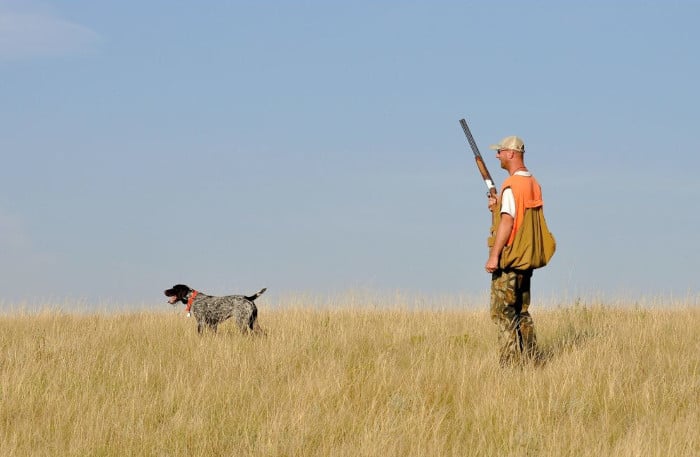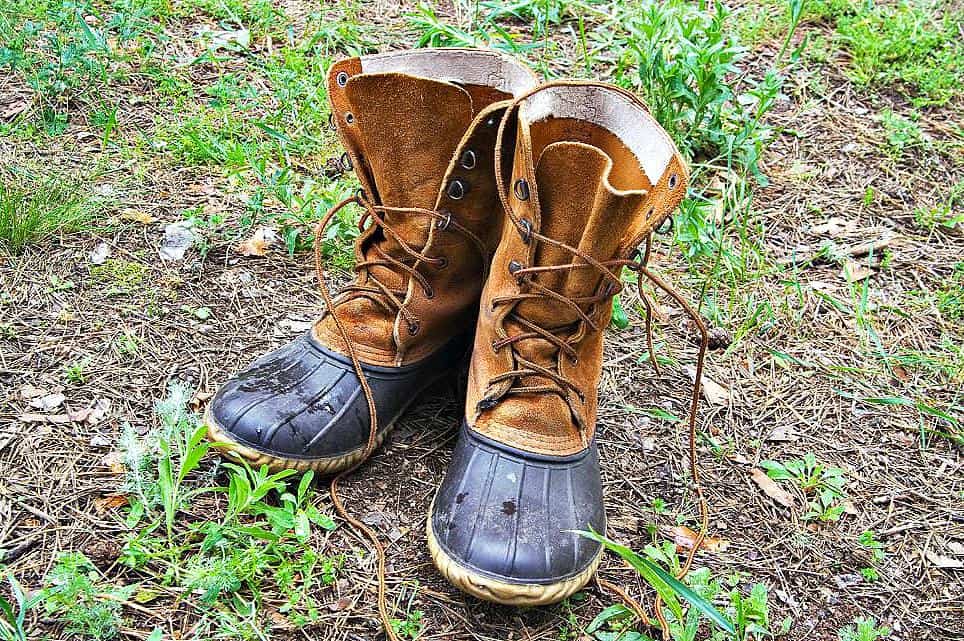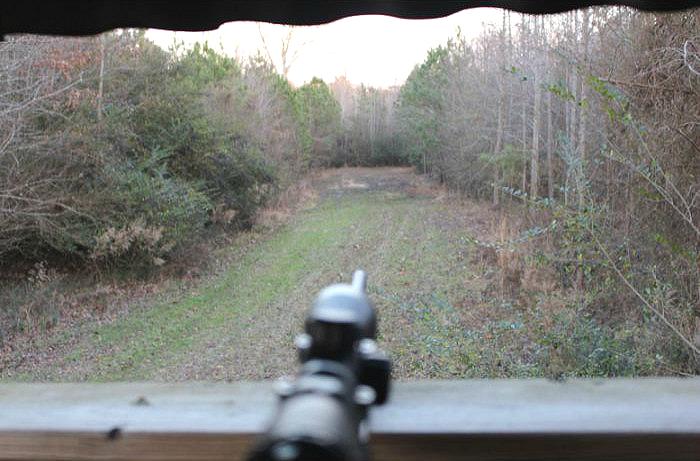When most hunters think of small game hunting, they rarely envision doing it with a bow. However, there are several good reasons to consider hunting small game species through some form of archery.
And let’s be honest here, hunting small game with a bow is tough! The targets are smaller than usual, move erratically, and pose a serious challenge.
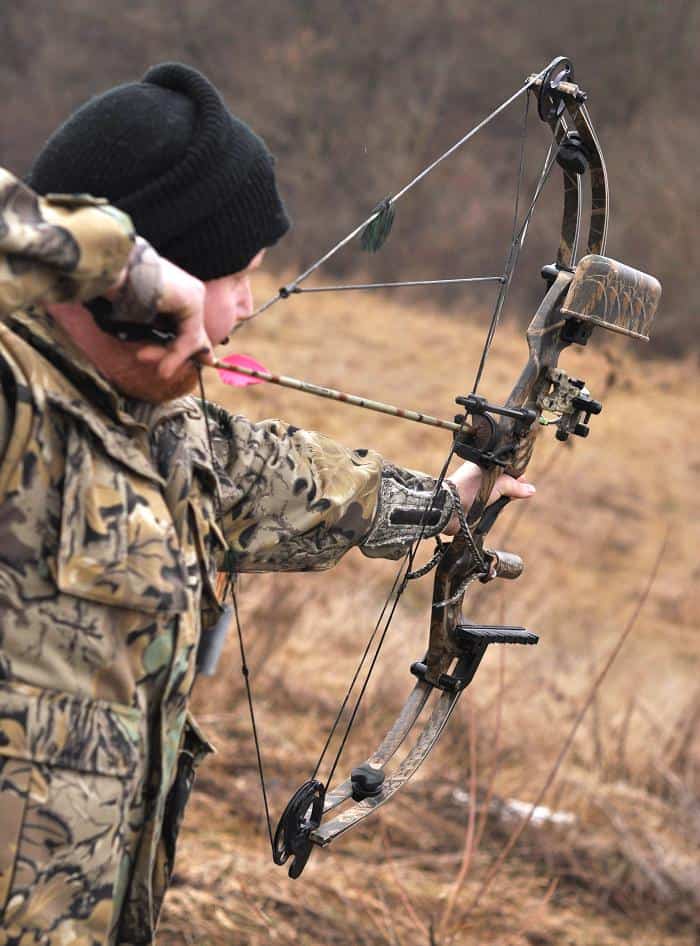
Bowhunters are more likely to give up their shot at success for the sheer thrill of the hunt. So while a shotgun or rimfire rifle will undoubtedly give you a greater probability of bagging game, the bowhunter is searching for a greater challenge.
You have a much larger target to shoot at with big game hunting, whereas the small game hunter doesn’t. The small game species also tend to move quickly and erratically, making it more challenging to hit. And finally, small game species tend to hide near or in bushes or cover, making it more difficult to spot and shoot.
Advantages of Bowhunting Small Game Species
As I see it, three major advantages come with this type of archery hunting:
- The improvement in accuracy
- The improvement in overall hunting skills due to the shorter ranges of archery shots
- The increased availability of small game species compared to large game species
So, let me explain my logic on those advantages:
Improvement in accuracy
If you can hit a rabbit or squirrel at 20 yards with a bow, you should have no trouble shooting the vitals of a big game animal at longer distances. To borrow from the long-range shooters, the old adage of “aim small, miss small” comes to mind here.
I felt like my archery accuracy skills significantly improved when I started hunting smaller game species before or after deer season. For example, after trying to hit a squirrel on the ground at 15 yards, successfully hitting deer vitals at 30 or 40 yards becomes much easier (unless buck fever sets in).
However, I will also say this: depending on your accuracy skill level, it might not be a bad idea to prepare yourself for a bit of frustration. When I first started using small game hunting to hone my archery skills, there were quite a few misses at first, especially with a longbow. I had better initial success with a compound bow with sight pins.
The improvement in overall hunting skills due to the shorter ranges of archery shots
Unless you’re just an outstanding shot with a bow (and some are), the combination of a smaller target and the more rapid movement of the smaller game will most likely lead the hunter to take shots at shorter distances than usual.
If you’re generally comfortable and proficient out to 40 yards for deer, it’s unlikely that you’ll be able to continue that shooting scenario with small game. Most bowhunters find more success with small game species by reducing the shooting distances.
In order to reduce those shooting distances, you’ll either have to be patient enough to let the game move closer to you, or you’ll have to stalk within an acceptable shooting range for your own skill level.
Either way, some aspects of your hunting or stalking skills will improve with time. In my case, I learned to move slower during the draw (not to spook the game) and learned to pick my shots better versus just taking the first available shot.
The increased availability of small game species compared to large game species
Depending on the small game species being pursued, you’ll most likely find that you’ll see more of that game in the field compared to hunting big game.
In my case, I usually hunt squirrels and rabbits with a bow (a few times a year). Rarely do I go into the woods and not see at least a few of either game species. In comparison, I may go deer hunting several times a year and never see a deer.

The increased availability of the game species leads to more hunting opportunities, more stalking opportunities, and, potentially, more shots on game.
All those factors lead to better skills and a sense of accomplishment when the hunt is successful.
Bowhunting Gear for Small Game Hunting
When talking about bowhunting gear, you’re really talking about the two main components:
- The Bow
- Arrows
Let’s dive a little deeper into each topic:
Type of Bow
For small game hunting, just about any type of bow will work. Due to the size of the game, there aren’t any requirements for specific arrow speed, or specific arrow size like you commonly see with big game species.
Just a note about bow choices: if you’re hunting small game to improve your accuracy, then it might make sense to stick with the bow type that you usually use for big game hunting. For example, if you typically run a compound bow, then stick with a compound bow for small game hunting.
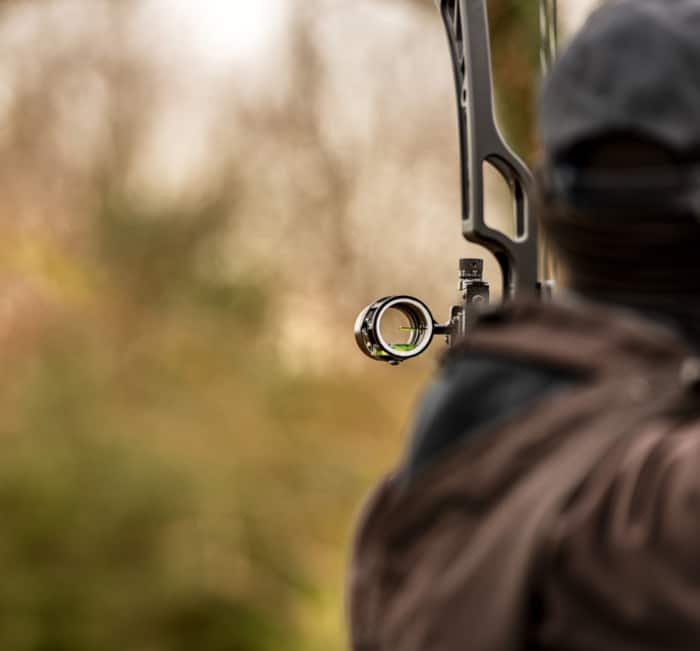
If you’re hunting small game with a bow for the challenge, then I’d go with any bow of your choice.
Compound Bow
Most modern-day hunters use a compound bow, and it’s a good choice for hunting small game species. Most hunters use some type of sighting system on their bow, so a compound bow may provide an increased level of accuracy compared to a recurve or longbow.
While I’ve hunted with a recurve and longbow, I prefer to use a compound bow as that’s my primary bow type for big game.
Traditional Bows
The traditional bow term is typically used to include a recurve or longbow. However, it encompasses pretty much any bow style without cams.
There’s something to be said about hunting with a traditional bow set-up, as it requires a significant amount of skill and practice to be effectively accurate with those bow styles.
Plus, hunting with a traditional-style bow is extremely challenging and has historical ties back to how our ancestors hunted.
Personally, I’ve had far more success hunting small game with a compound bow, but I have a tremendous amount of respect for bowhunters who hunt with a longbow.
Arrow & Arrowheads
With big-game hunting, you have to pay attention to factors like the arrow’s weight, the diameter of the arrow, and the broadhead weight to guarantee good penetration for ethically dispatching big game. With small game hunting, those arrow factors are not as important.
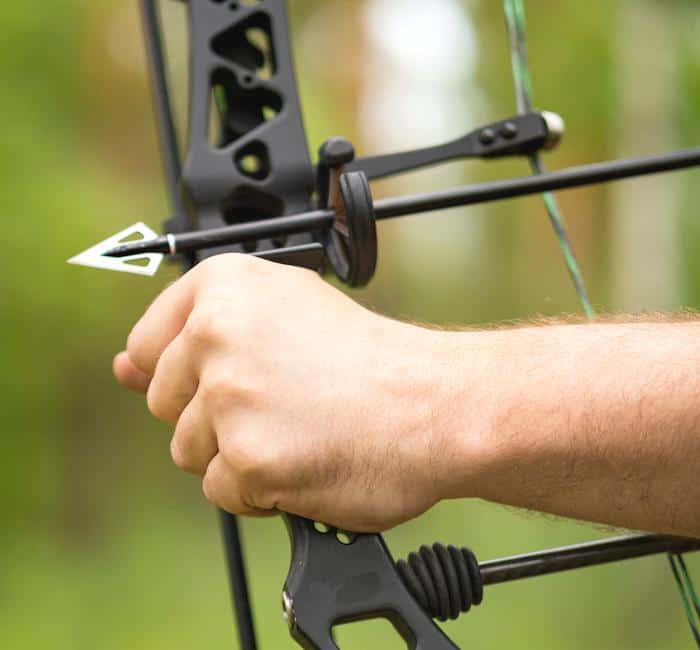
The most important part of the arrow for small game is the arrowhead. There are many arrowhead options on the market today that are commonly used for small game, and here are a few:
Field points or Target points
While field points can be used to hunt small game, I’ve always felt that there were better options. Field points have a tendency to pass through small game, which may just wound the animal, and field points have a tendency to bury under leaves after they pass through.
Big game broadheads
Technically speaking, you could use a big game broadhead for a small game, but they are expensive to shoot, are penetration overkill in most situations, and can cause significant damage to the meat. In addition, traditional broadheads will usually lodge into any wood that they strike. That can be an issue when small game hunting.
Blunt Heads
There are many blunt-tipped arrowheads on the market in all kinds of different configurations. Blunt-tipped heads work reasonably well for small game and don’t get lost as easily as target tips or broadheads.
Blunt tips carry more than enough force, impact, and penetration to ethically dispatch most small game species.
Judo Points
Judo points are one of my favorite arrowheads for small game. Judo points are a blunt tip with small springs encircling the tip. While most people use Judo points primarily for in the field target practice (usually at stumps), they perform exceptionally well for small game hunting.
The design makes these tips relatively easy to recover as they don’t go far after impact. The one downside with judo points is they don’t fit well in a traditional quiver or arrow holder. Other than that, they are my go-to head for hunting smaller game species.
A Quick Warning
If this post has got you thinking about hunting small game with a bow, let me caution you to check the hunting regulations in your state to confirm that using a bow is legal for your desired small game species.
Some states have specific restrictions that do not allow certain game species to be harvested via archery. Assuming that it’s legal in your state could be a recipe for problems.

Born and raised in Indiana, Brantley spent his youth chasing deer and turkey and, along the way, developed a passion for bowhunting. Although he still enjoys other types of hunting, his true passion is bowhunting, and he has or will author most all the bowhunting content on this site. Outside of work, Brantley is married and the father of two beautiful little girls. Brantley has worked in the hunting industry, with an emphasis on archery and bowhunting, for more than ten years.



